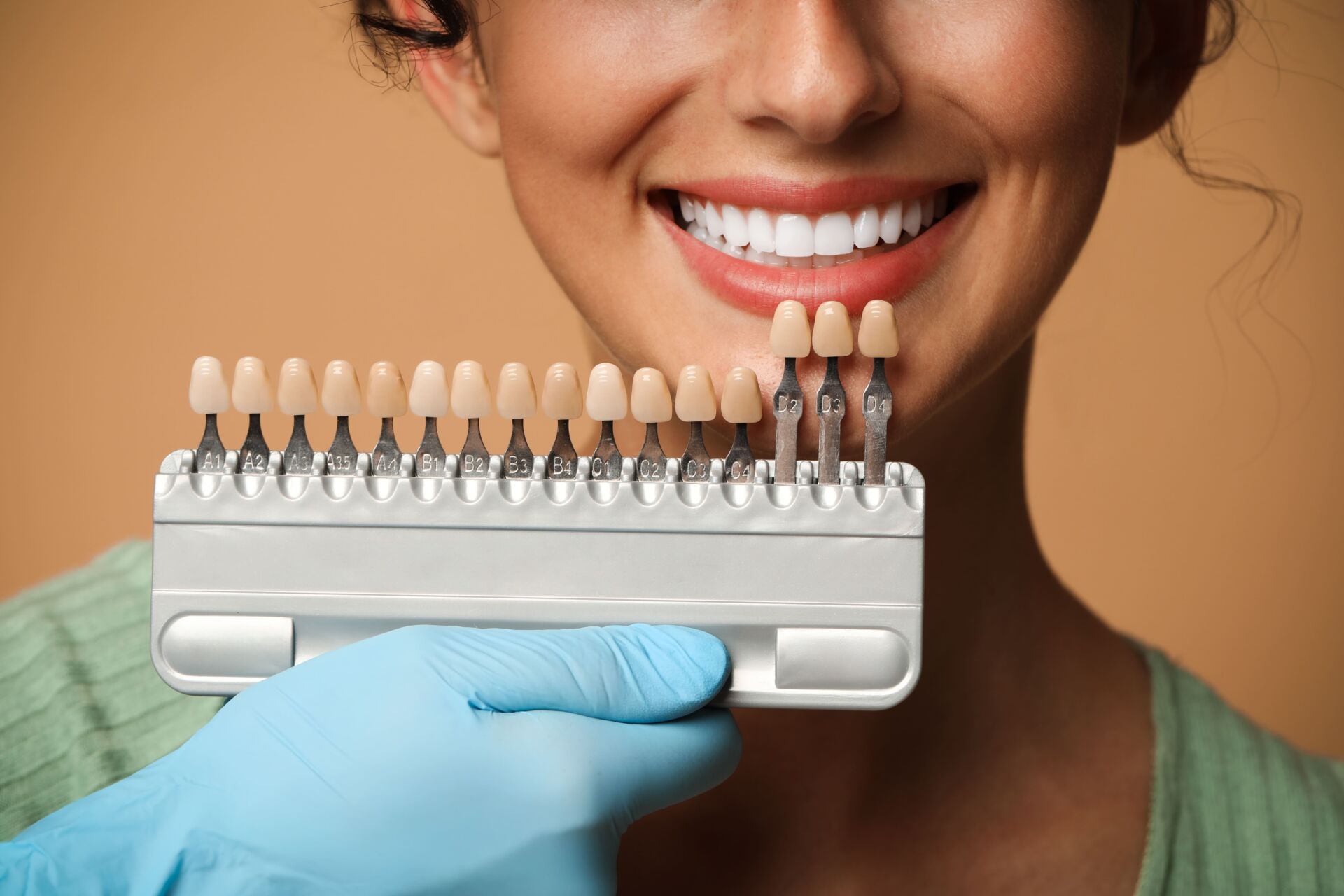Many parents don’t think about the importance of maintaining their kids’ baby teeth. And even if they do, they might not know how to properly care for those little teeth. Many parents just don’t know where to begin.
“Some parent might be struggling to care for their child’s teeth,” said Dr. Alexandra George, DDS. “Also, many new parents could be trying to find the time to administer the proper oral care to their child, while juggling raising an infant as it is. Teeth could be the least of their concerns, but they should be one of the top concerns.”
Baby teeth are vital to a child’s development. If the teeth are not cared for properly, the child might have issues in their speech, or they could have trouble eating or drinking.
So, here’s the breakdown of your child’s teeth:
Entrance of the Central Incisors
A child’s central incisors emerge during the first eight to 12 months of their oral development. It is usually the bottom teeth that come in first, about one or two teeth, till the next four come in at the top of the mouth. Once those few teeth come in, the other teeth begin growing in, until all 20 align in the top and bottom of the child’s mouth.
Spacing of Teeth
Once the child’s facial structure begins to develop, the teeth will begin to space out. As children grow, their mouths should provide enough room for the permanent/adult teeth to emerge. The child will have both primary and permanent teeth till they reach the age of 12.
The Stages of a Child’s Teeth
A child’s mouth is ever changing, with new teeth coming in and old teeth falling out. Here’s a breakdown of the teeth children have:
Incisors
Central incisors (upper and lower):
- Central incisor teeth are located at the front of the mouth, used for biting and tearing food
- Come in: 8 to 12 months
- Fall out: 6 to 7 years
Lateral incisors (upper and lower)
- Either side of the central incisor teeth
- Like the central incisors, the front-most teeth, they are used for cutting and ripping food
- Come in: 9 to 16 months
- Fall out: 7 to 8 years
Canine (upper and lower)
- Located near the incisors, they look like fangs and were used for defense and attacking in our ancestral days, or simply for intimidation. However, today they are significantly smaller, since people do not need to defend their families with their teeth like in the caveman days.
- Come in: 16 to 23 months
- Fall out: 10 to 12 years
Molars (upper and lower)
First molars (upper and lower):
- The molar teeth are used for grinding or chewing food into smaller bits. Usually, when people think of molar teeth, they envision the wisdom teeth, which come in between the ages of 17 to 25. But kids have molars come in as early as 13 months.
- Come in: 13 to 19 months
- Fall out: 9 to 11 years
Second molars (upper and lower):
- Come in: 23 to 33 months
- Fall out: 10 to 12 years




